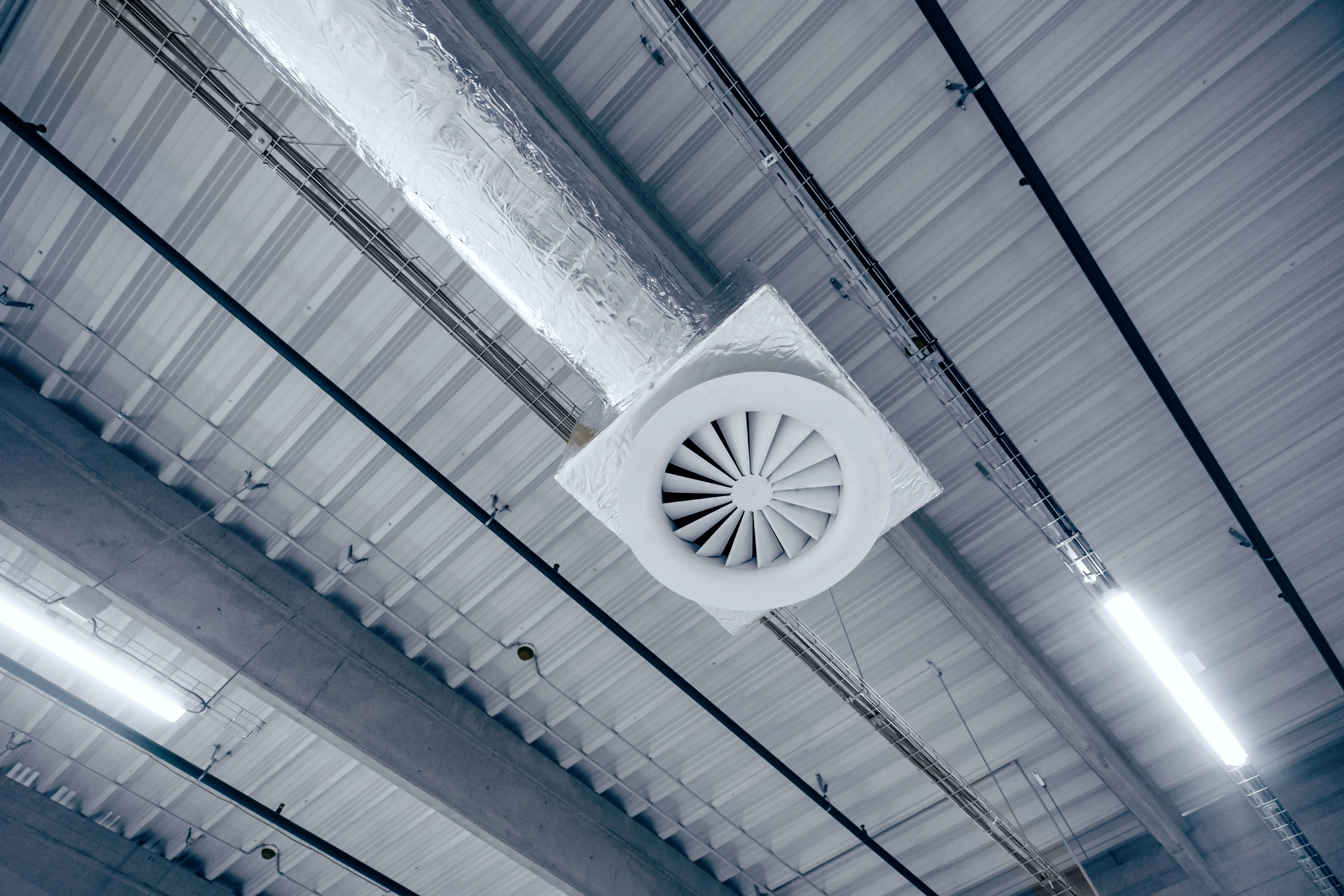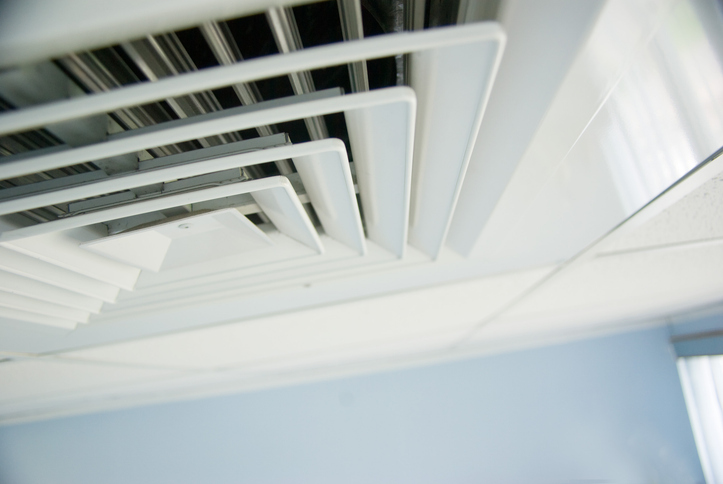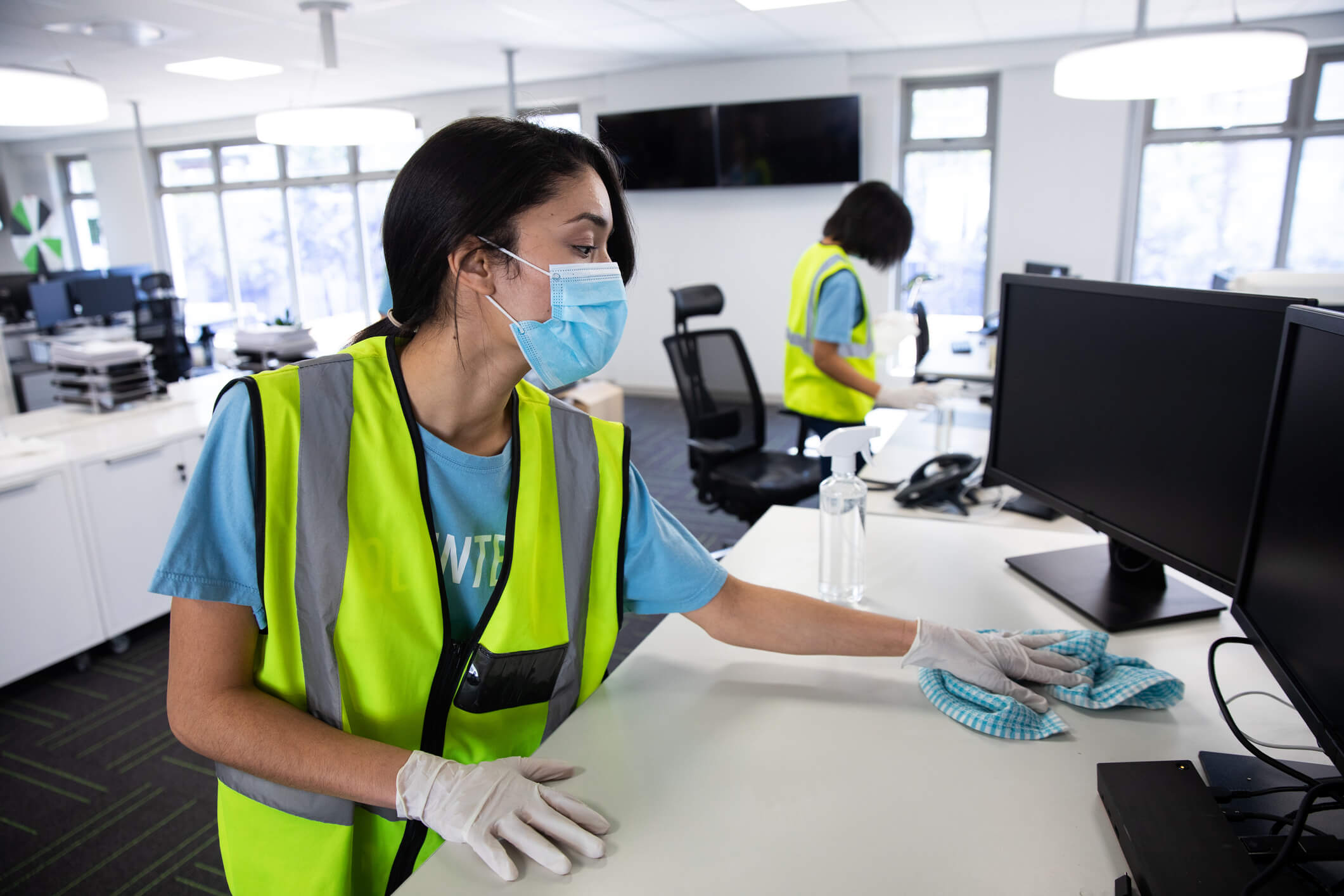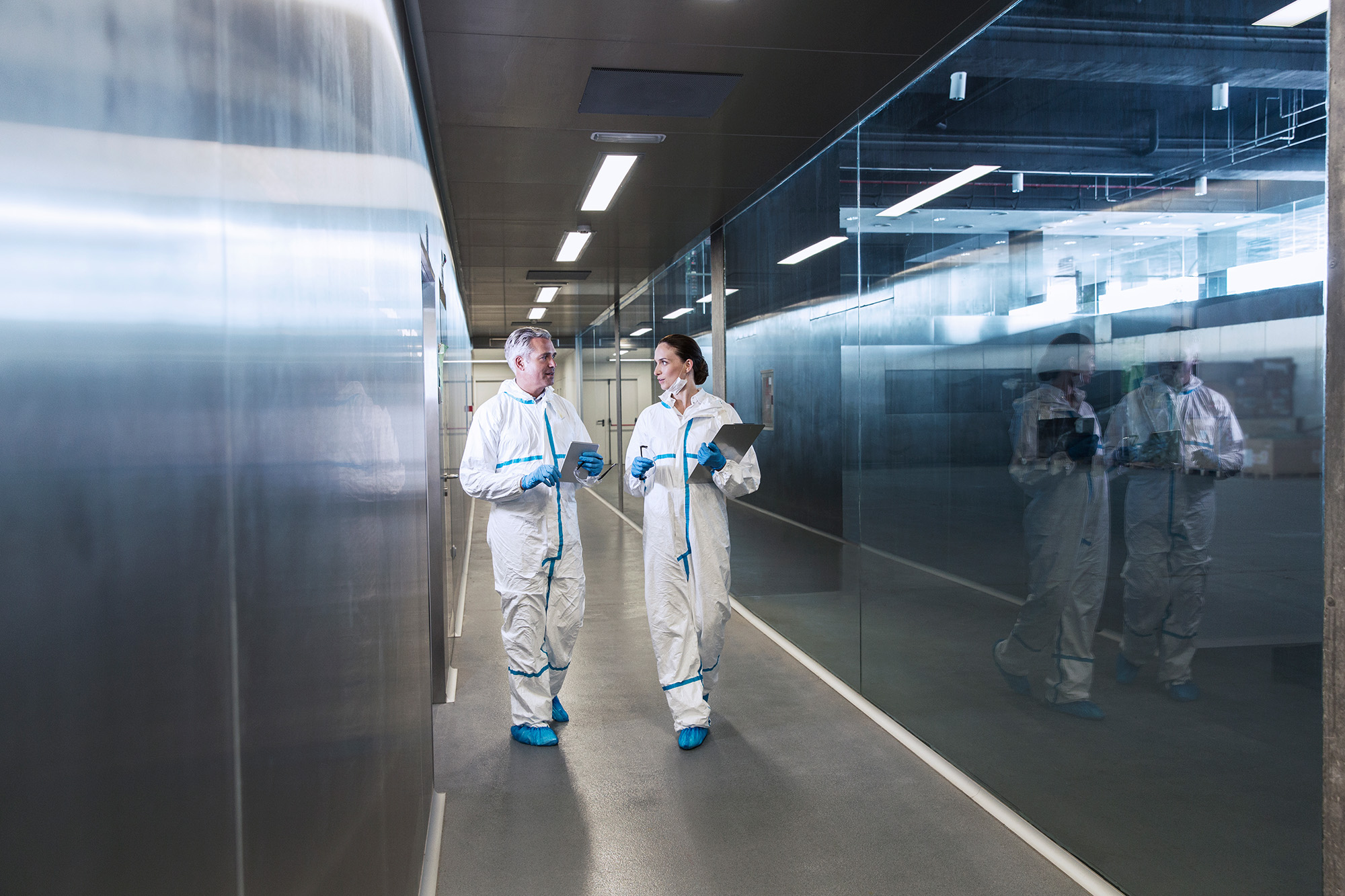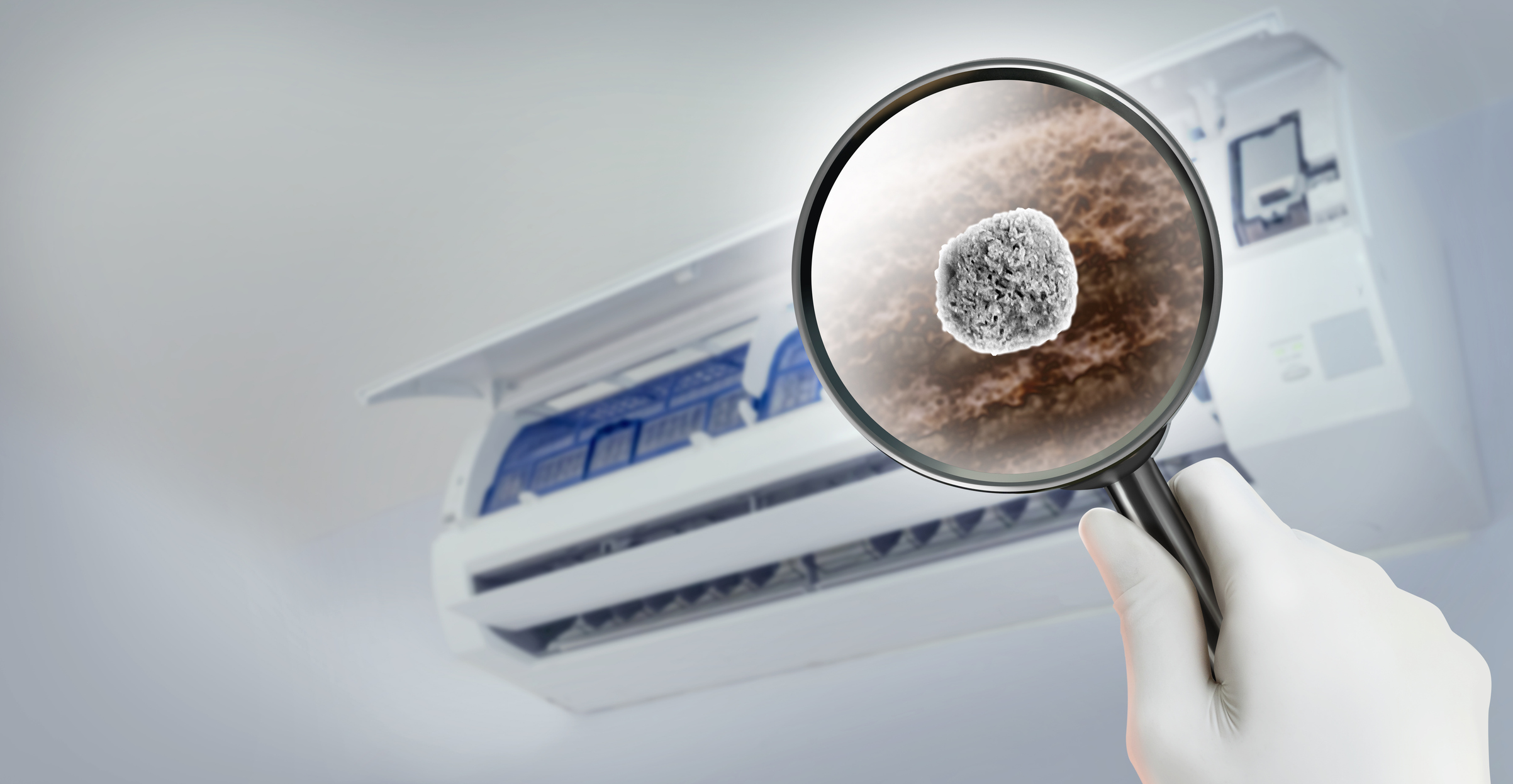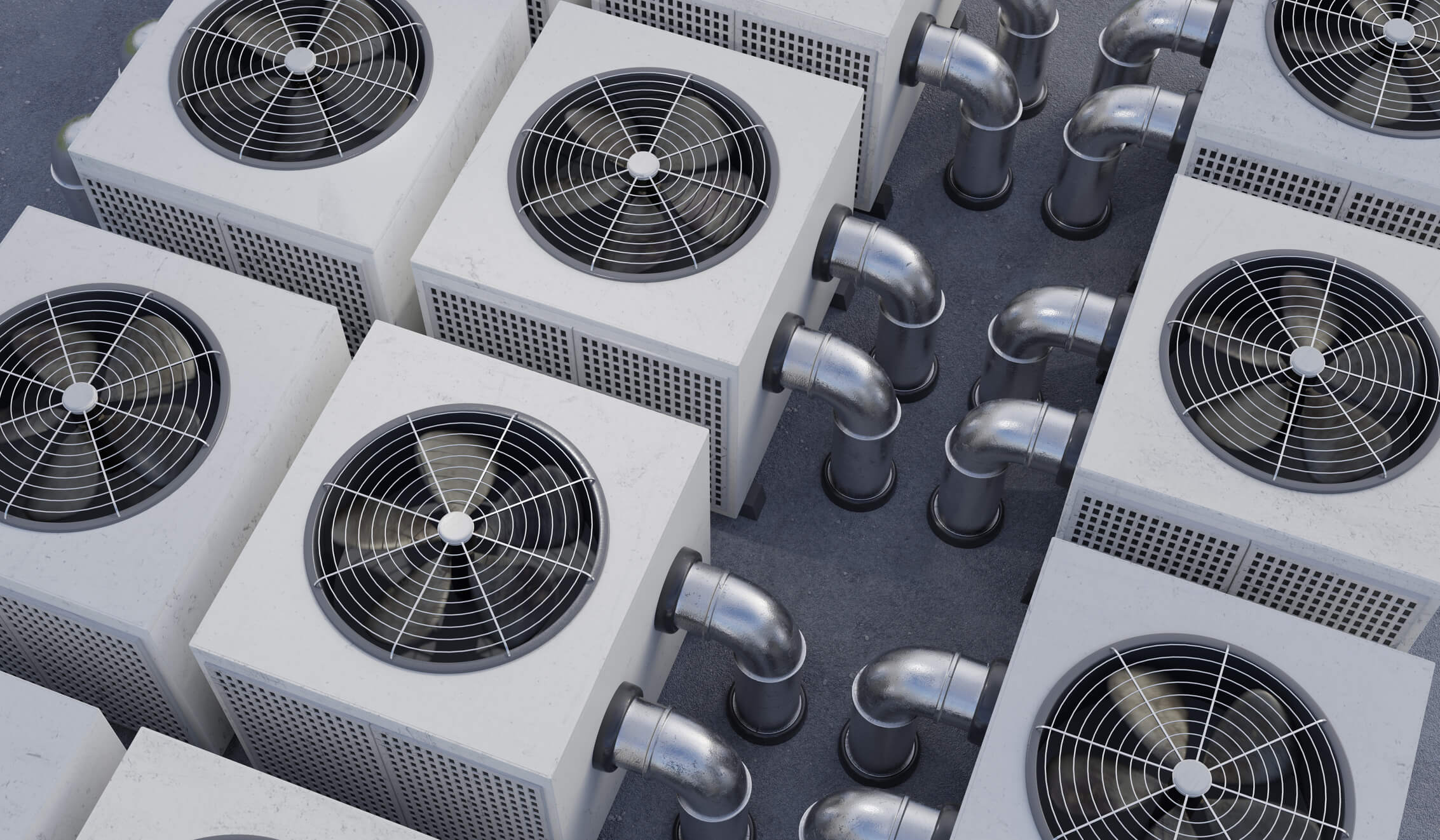A proactive survey can identify issues that become more expensive as they worsen. If you resolve these problems early on, you’ll save money that you would otherwise spend on mitigation.
As a building manager, you already know how valuable preventive maintenance is fixing problems before they worsen saves your building money and enhances safety. The same is true for indoor air quality. Here are two strategies for preventing air quality problems.
The Importance of Proactive Monitoring
Compared to reactive IAQ management strategies, proactive IAQ evaluations provide multiple advantages. When you establish a proactive IAQ survey program, you’ll benefit from:
Regular IAQ surveys can improve your workplace’s environment and productivity for better results.
Monitoring a building’s air quality ensures that its occupants have a safe workplace. Proactive IAQ surveys identify and resolve potentially dangerous issues, such as airborne contaminants.
Regular IAQ surveys improve staff members’ satisfaction with their workplace by demonstrating an investment in employee well-being. They also reduce the need to address complaints.
The information collected during proactive surveys can serve as evidence in liability cases. It shows steps taken to maintain a healthy building.
Maintaining air quality through a proactive IAQ survey will help your organization stay compliant with labor laws by promoting a safe workplace for your staff members.
Steps Involved in Proactive IAQ Surveys
Our proactive IAQ survey services involve the following types of evaluations:
- Periodic sampling surveys: TRC technicians will take regular air samples and direct readings to determine IAQ. These tests check for contaminants that could impact overall air quality.
- Duct inspections: Our team members will examine air ducts for contaminants, obstructions and structural problems. These issues can severely impact air quality when left unaddressed.
- Mechanical hygiene surveys: An HVAC specialist will examine the components of your system for debris and residue. They can then recommend any cleaning required to bring the system to a proper functioning standpoint.
- Walk-through surveys: During a walk-through survey, a certified industrial hygienist (CIH) will visually inspect your equipment and facility. The CIH will also review your building’s systems and operations.
- HVAC assessments: A specialist from TRC will inspect your HVAC system to ensure it works correctly. They’ll also review your HVAC maintenance plan.
Occupant activities: Our team will ask about any occupant activities or processes that could impact air quality. - Chemical usage: TRC specialists will also inquire about the use of chemicals in everyday operations in and around the building.
- Adjacent business impact: Nearby buildings can affect the quality of your indoor space’s air. TRC professionals will determine whether an adjacent organization has an impact on your IAQ.
The data from these activities enters our database, and we then make comparisons to determine trends over time. Our analysts use the information gathered from proactive IAQ surveys to identify possible problems before they happen.
Related Services

Develop an IAQ Profile
An IAQ profile is like your own personal building owner’s manual. It establishes all the factors that enhance or detract from the building’s air quality and helps you identify problems and prioritize budgets for future maintenance and upgrades. As you create your IAQ profile, you’ll inspect your whole building. Doing so can help you uncover and prevent issues.
Developing your IAQ profile will take three steps:
- Collect existing records: Organize records about your building’s initial construction and remodels, HVAC systems and room use history. Also, review operating manuals and any occupant complaints.
- Do a building walk-through: Look at occupant activities and building functions. Besides visual inspection, talk to staff and occupants about their activities and concerns. Review maintenance, housekeeping and pest control. Keep an eye and nose out for IAQ problem indicators.
- Collect more detailed information: Prioritize areas where you’ve identified potential IAQ concerns. Inspect your HVAC system and catalog pollutant pathways using a building floor plan. Inventory all pollutants and sources alongside all chemicals used and stored in the building.
Use Management Techniques
Effectively managing your staff, occupants and systems is critical for indoor air quality. Everyone must recognize their collective goal for providing a healthy environment and how IAQ contributes to one. An important step here is to select an IAQ manager to “own” indoor air quality. That person will train staff, assign duties and oversee occupant activities that contribute to IAQ.
Managing your indoor environment will also require open communications with all building occupants. This ensures you get word on any health complaints that could relate to your building’s air. You must oversee:
- Building and HVAC maintenance
- Cleaning schedules
- Material, supply and product selection and purchasing
- Trash disposal
- Pest control
- Renovations
- Material handling, storage, shipping and receiving
- Occupant work activities and habits
Communicating IAQ Problems in the Workplace
Maintaining open communication with your team is critical. It can help you catch problems earlier and is vital for keeping everyone safe and healthy.
Communicating to prevent issues involves teaching workers about their role in indoor air quality. You should also establish a system for responding to complaints. Make sure occupants can easily report their concerns and that you respond quickly.
Communicating to resolve problems is even more critical. Fixing a health concern requires effective collaboration, accurate information and swift action. Those who complain about an odor, illness or discomfort are usually responding to a real issue. They may not always attribute it to the correct cause, so it’s vital to investigate all possibilities. Listen respectfully and never underestimate a concern.
Ensure your building occupants know you take IAQ seriously. Show how invested you are in creating a healthy, safe environment by making people aware of the steps you have and will take and listing a contact for those who have more questions. Keep the lines of communication open, and alert occupants to delays or complications. Know when to loop in the building’s health and safety managers. Keep health complaints confidential, and quell rumors by divulging facts appropriately.
Investigating Indoor Air Quality: IAQ checklists
We’ve put together several checklists, offering tips, steps and resources. Use them to perform various IAQ surveys and meet IAQ-related goals.
When to Get an Expert Opinion
It’s important to bring in the right professionals during your inspections. If you’re not familiar with the HVAC system, conduct your review alongside an HVAC engineer. When considering the air quality conditions created by any equipment you don’t work with, whether it’s an elevator or a forklift, talk to the operator or a qualified engineer.
Also, know when to get help from an indoor air quality expert. They’ll help you identify the areas of concern and check all the boxes to help you maintain a healthy building. If you’re unsure how to complete any items on your IAQ checklists, an expert can assist you
The specialists you may need to involve include:
- HVAC professionals
- Engineers or equipment operators
- Certified industrial hygienists (CIHs)
- Indoor air quality consultants
- Indoor air quality expert witnesses

The Benefits of Conducting an Investigative IAQ Survey
Investigative IAQ surveys can benefit your organization in multiple ways. The advantages of conducting an IAQ survey include:
- Safety: IAQ surveys will identify potential health hazards or rule them out to help you maintain a safe workplace.
- Staff morale: Resolving issues such as odors, allergies and diseases will improve employee morale by creating a more comfortable place to work.
- Compliance: An IAQ survey will pinpoint possible ventilation and containment issues that you can resolve to stay compliant with OSHA regulations.
In summary, an IAQ survey will provide the information you need to create a safe and compliant workplace.
Issues That Indoor Air Quality Services Can Address
An investigative IAQ survey can address issues such as:
- Employee complaints: Staff mentions issues related to odors, irritants, disease or other air quality effects.
- Allergy complaints: Occupants experience worsened allergy symptoms when on-site.
- Disease clusters: Employees and other occupants experience diseases such as cancers, Legionnaires and Aspergillosis.
- Building-related disease: Occupants experience building-related diseases and transient symptoms.

